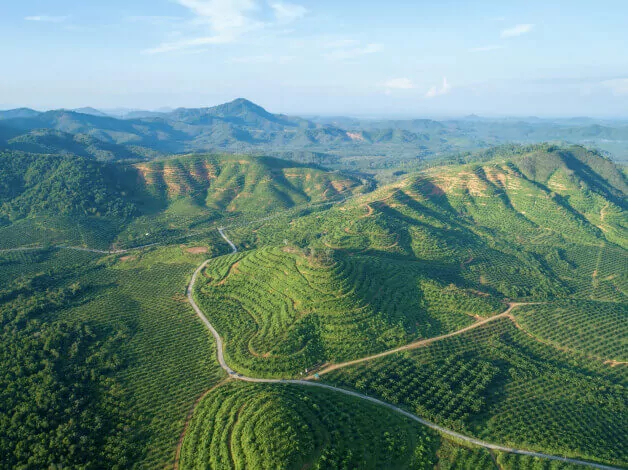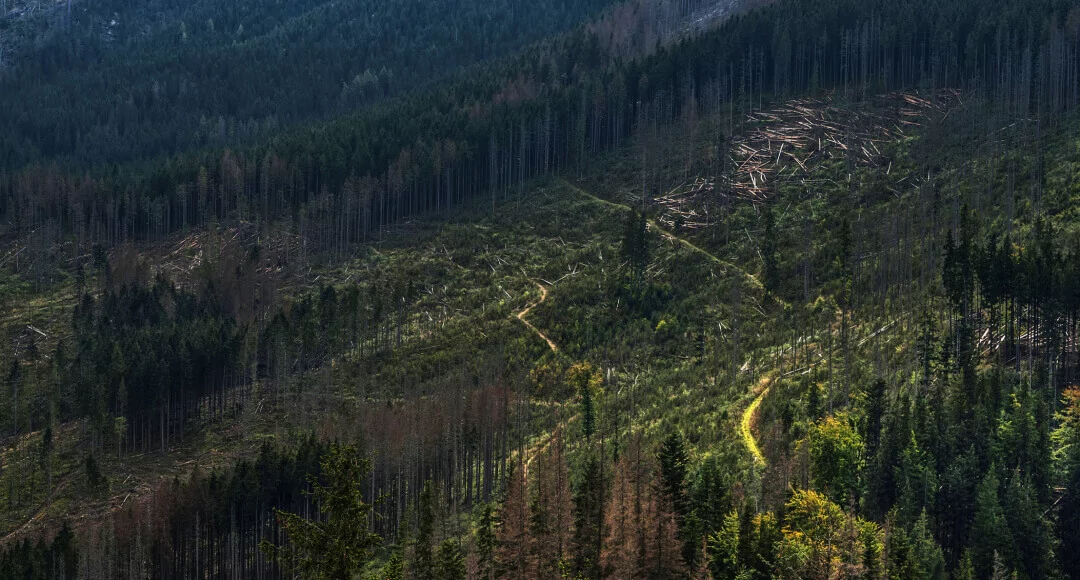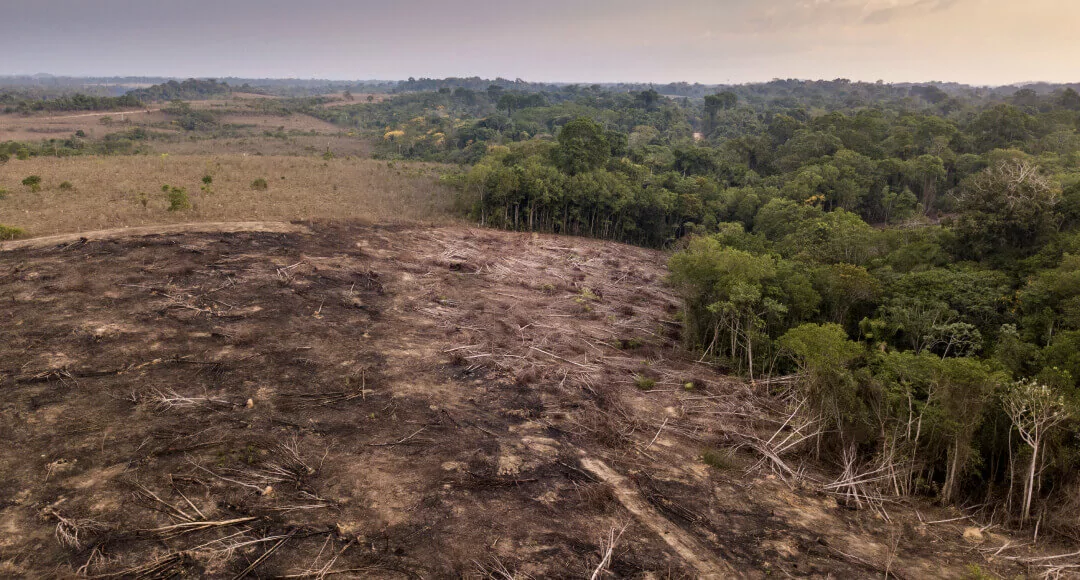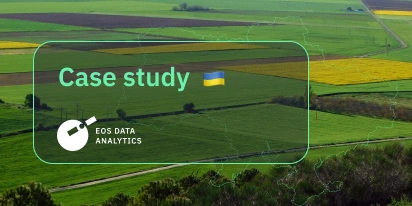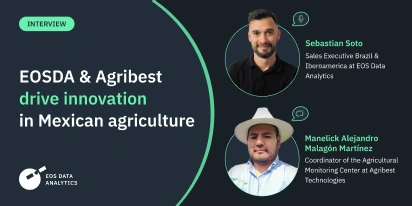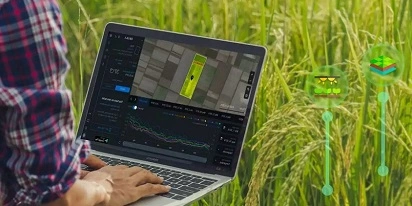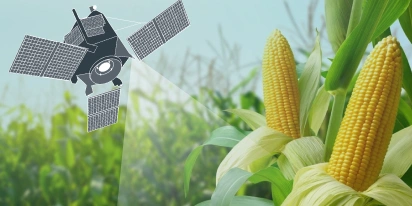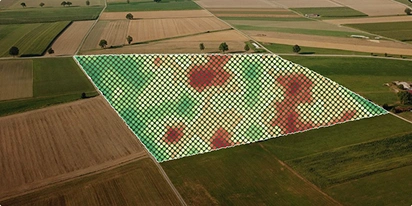Deforestation Monitoring and Management
Forests cover almost a third of all land area on Earth, yet at a current deforestation rate, in the nearest future we might lose most to all of it. Trees play an essential role in the carbon cycle, absorbing CO2 and giving off oxygen, thus keeping global temperatures from rising rapidly, and providing air to breathe for all living beings on the planet. Over two thirds of all land animals rely on forests as their habitats.
The effects of deforestation on environment can be catastrophic, if humans do not take up sustainable management of forest resources and agriculture. Monitoring forests in near-real time is one of key solutions for deforestation.
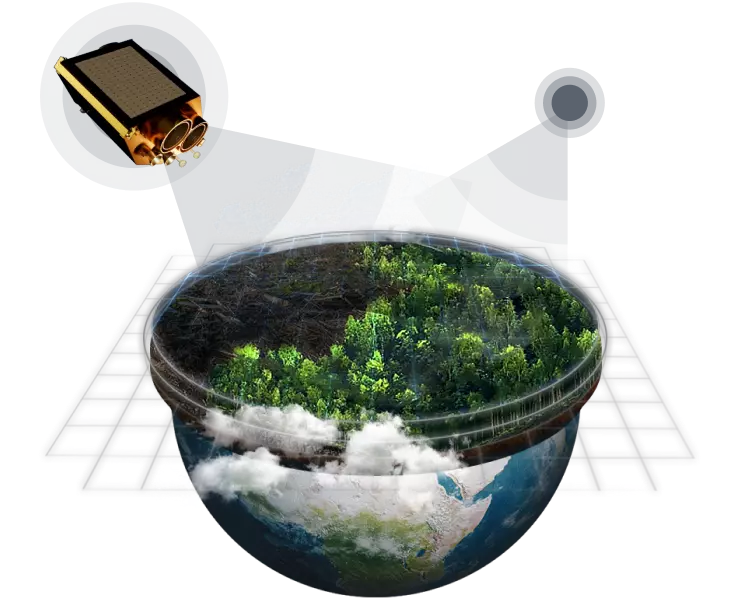
Deforestation Facts and Statistics
10M
ha 24.7 mil acres annually80M
hectares 198 million acres>1 400
species90%
of people>50%
of world's forests2.6M
ha annually 64 million acres per yearNegative Effects of Deforestation
Deforestation leads to multiple negative effects, including soil degradation, flooding, and climate change
How to Stop Deforestation
Sustainable forest management practices
Deforestation can and should be sustainable. It's all about maintaining balance between meeting our needs in wood and paper products while preserving the natural cycle of forest loss and regeneration.
Government policies to control illegal logging
Governments know how to prevent deforestation from getting out of control by implementing stricter forest management regulations. Proper legislation prohibiting importation of illegal timber, along with an effective system of tracking timber harvesting, transportation, and sale, should be enough to stop illegal deforestation. Consumers can also play an active role in this battle by refusing to purchase uncertified timber products.
Place-based conservation practices
Apart from conservation legislation, place-based conservation practices include collaborative land and ecosystem management to enhance the ways we interact with and use the world’s forests. This specifically applies to agribusinesses and governments that should make more efforts in committing to decrease alarming deforestation rates.
Reforestation
Human-caused deforestation can be countered with reforestation. Planting trees in the deforested areas helps restore the habitat of a unique biodiversity and battles climate change.
Deforestation-free Commodity Chains
Although the number of companies with zero tolerance for deforestation is growing, there is still a long way to go. Global brands and retailers have to strive upon completely eliminating deforestation from their manufacturing and supply chains to support sustainable production. To achieve this, companies need to shift towards new methods and technologies to help supplement wood in their commodity chains. For instance, in fuel or construction materials production, recycling could be the key.
EOSDA Offers A Variety Of Deforestation Solutions
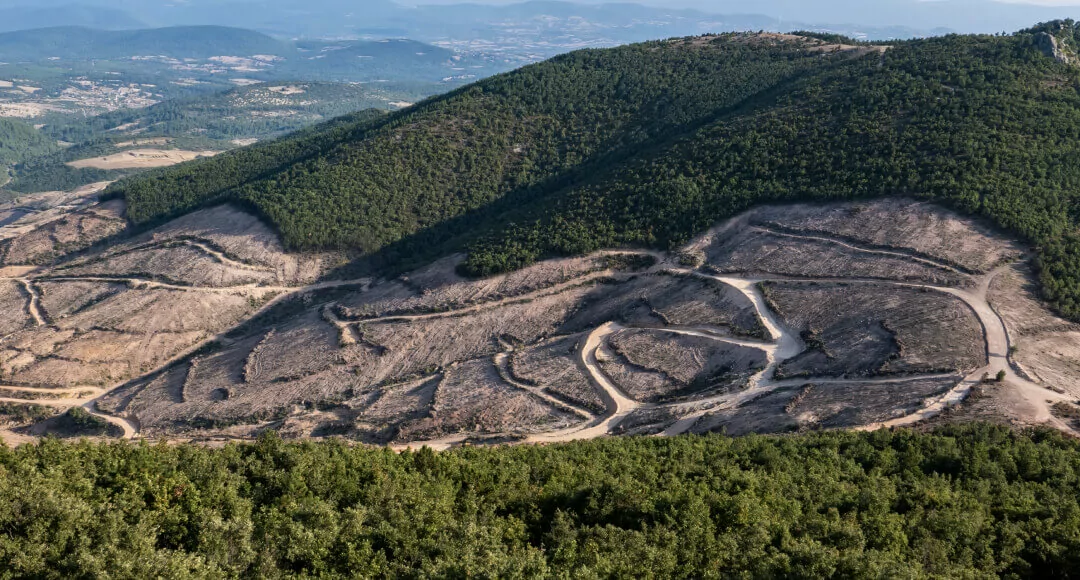
- Analyze and predict deforestation patterns with our catalog of historical and current satellite imagery
- Monitor forest cover change, thermal anomalies, logging, and more
- Receive email notifications about forest cover changes to improve decision-making
- Monitor forest health: measure productivity and water stress
- Access weather data archive and get a 14-day forecast


